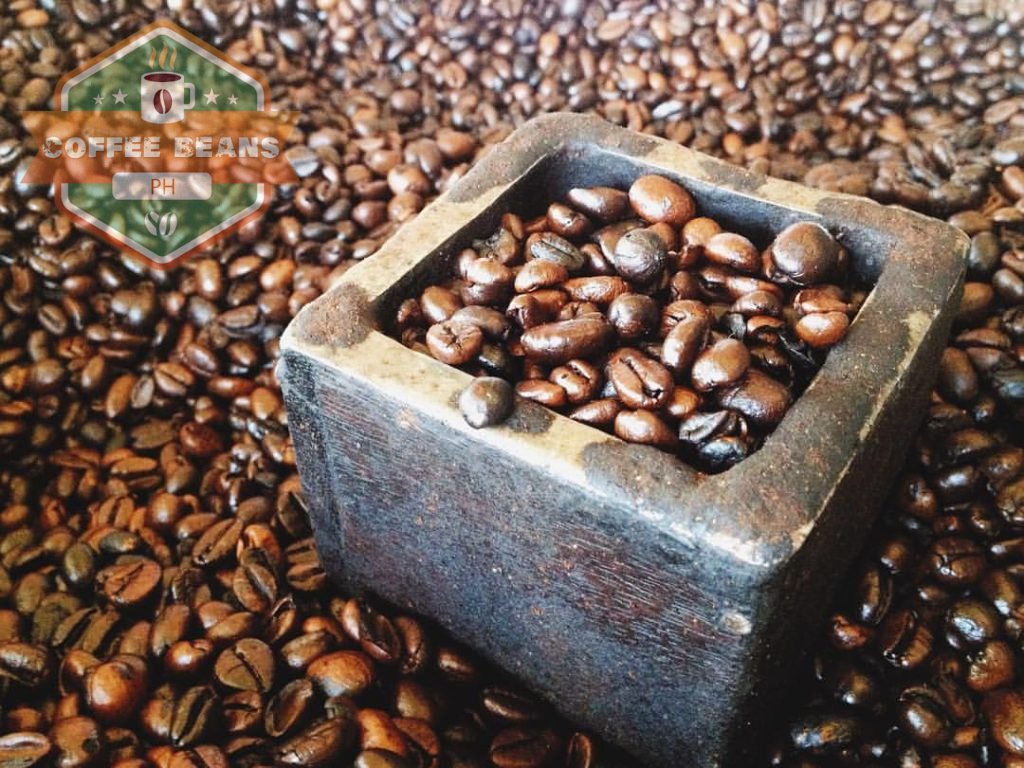
When you hear the phrase “Philippine coffee”, what comes to mind?
For many, it’s barako, a distinctively ‘strong’ (often taken black) coffee that our grandparents and their grandparents before them enjoyed in the early mornings. It shouldn’t come as a surprise if that’s your image of local coffee because the Philippines is one of the few countries where kapeng barako or Liberica coffee is cultivated and consumed.
Barako should not be constrained to nostalgic reverie, however. To keep our distinct flavors and ancestral tastes alive, we have to preserve Barako on our farms and in our homes. And we start by getting to know it better.
What is Liberica or Barako?
Coffea Liberica, commonly known as Liberica coffee or kapeng barako in the Philippines, is the world’s rarest coffee specie, accounting for less than 2% of commercially grown coffee. It is named after Liberia in Western Africa, where it originated. Native to western and central Africa, it is now cultivated in a few countries, including the Philippines, Indonesia, Malaysia, India, and Seychelles.
Liberica trees are incredibly tall, with some even reaching 20 meters (66 feet) high). Compared to other coffee varieties (Arabica, Robusta, Excelsa), Liberica cherries, beans, and leaves are larger. The shape of the bean is also unique among the four species — it’s asymmetrical, with one side shorter than the other side, forming a distinct point or hook at the bottom.
As for its flavor, Liberica can be distinguished by its strong, full-bodied, woody, and slightly smoky flavor and its thick mouthfeel. Its hints of chocolate, floral and spicy undertones, and aroma reminiscent of aniseed and jackfruit appeal to its fans. However, some find its intense flavor overpowering. Thanks to its complex and distinct notes, Liberica is often added to blends to give the coffee a bolder flavor.
The history of kapeng barako in the Philippines
The Philippines is one of a handful of countries where all four commercial varieties of coffee are found. While the more popular Arabica often entices today’s coffee drinkers, Liberica plays a vital role in Philippine coffee history.
Liberica was first commercially cultivated in the Philippines. It is widely believed that Spanish friars brought the beans and planted them in Lipa, Batangas. It also made its way to other parts of Luzon, such as Bulacan, and many years later in Cavite.
Thanks to its intense flavor and aroma, Liberica came to be known as “barako” from the Spanish varraco or “wild boar” or “stud”. In Filipino culture, the word denotes masculinity or machismo.
Liberica was the leading coffee species planted in the country for a long time. By the mid-1850s, Batangas was exporting to America and Australia. With the opening of the Suez Canal, Batangas started exporting to European countries such as Spain, France, and Great Britain. Soon, the Philippines became the fourth largest exporter of coffee beans. When the coffee rust pandemic hit Brazil, Africa, and Java in the late 19th century, the Philippines became the only source of coffee beans worldwide. Liberica plantations lasted longer than Arabica and Robusta plantations.
However, in 1889, insect infestation and pests, and diseases led landowners to convert their coffee plantations to sugarcane fields. Finally, in 1891, the remaining barako farms succumbed to coffee rust, ultimately leading to the industry’s collapse.
It took many decades for Filipino farmers to go back to growing coffee. And when they finally did, many favored the disease-resistant and higher-yielding Robusta.
Why Liberica preservation matters
Barako is among the 65 food products from the Philippines listed in Slow Food’s Ark of Taste. The list was created to help preserve endangered heritage foods. These foods are sustainably produced, unique in taste, and influential in the culture it belongs to.
While Liberica trees are still found in Batangas and Cavite, it is slowly disappearing from farms, markets, and households. Because the trees are more extensive than other coffee varieties, they require more land. As previously mentioned, more farmers prefer Robusta.
Many independent roasters have shown interest in promoting barako for it to become mainstream. Private sector-led groups such as the Philippine Coffee Board, Inc. also conduct several events like farming courses and seminars to help educate coffee farmers and encourage them to invest in this heritage coffee.
As coffee drinkers, we can help support our local farmers and help preserve an essential piece of our culture by giving barako or Liberica a try. It may not be something you’re used to, but when brewed right, it can very well be one of the best coffees you’ve tried.
Barako is available in 250g, 500g and 1kg packs on Coffee Beans PH Kapeng Barako
Shopee Shop – Coffee Beans PH Kapeng Barako
Lazada Shop – Coffee Beans PH Kapeng Barako



